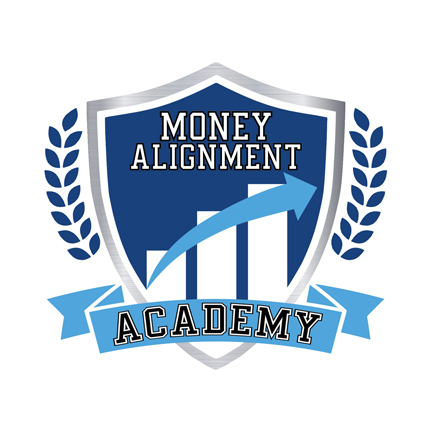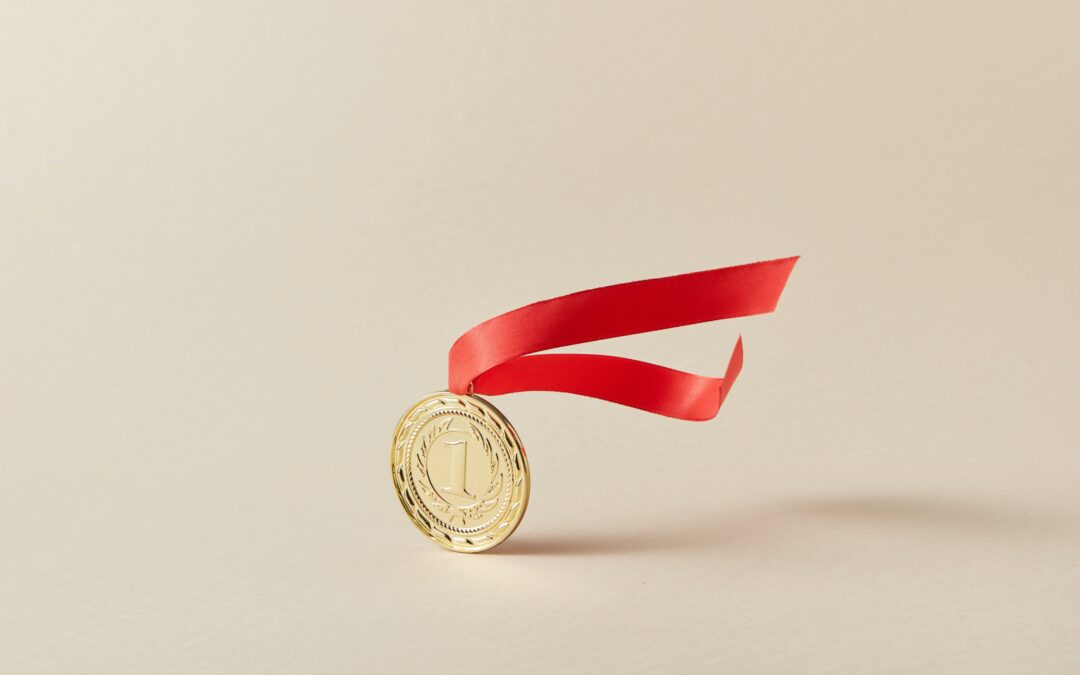What does it mean to pay yourself first? It means you start putting the needs of you and your loved ones ahead of everyone else- exactly where they should be.
It means before you pay anyone else; you allocate money to your priorities.
Not enough of us are doing this, and I get it. It’s easy to fall into the trap of paying everyone else first, and waiting till the end of the month to pay yourself. But if you’ve ever done that, you know it doesn’t work very well. More often than not, you get to the end of the month, and there’s nothing left over for you.
The result is living paycheck-to-paycheck.
Paying yourself first is a simple, yet profound decision. It’s saying, “My goals and desires are my #1 priority.” I’m going to share a six-step process for making it happen in your life.
Before I go any further, it’s important for you to know where I’m coming from. Today, I’m an Investopedia top 100 financial advisor many years running. But in my 20s, I struggled with money, lived paycheck-to-paycheck, and didn’t pay myself first. So what I’m going to share has helped countless people get on the right track, and it helped me personally.
Here’s what we’ll cover:
- The first step
- Thinking long-term
- Building security
- Getting out of debt
- Finding peace of mind
- Saving and investing
Let’s get started.
The first step
Americans are struggling financially. One of the biggest indicators is how few of us could up with $400 cash in case of an emergency. Do you have an emergency fund? How much money is in it?
If you have less than $1,000 in an emergency, getting that much saved should become your top priority. You can begin paying yourself first and building this fund by opening a savings account, and setting up automatic transfers at the beginning of every month.
Determine how much you can start setting aside, and set the monthly transfer amount. This $1,000 will be the beginning of your emergency fund, and the seeds of financial peace of mind.
Thinking long-term
Once you’ve got your $1,000 emergency fund established, it’s time to start thinking long-term. Qualified accounts are special types of accounts which are used to save for retirement. Examples of these accounts are 401(k)s, IRAs, Roth IRAs, and pension plans.
Since these accounts help us save for retirement, we’re not supposed to withdraw money from them until we’re over 60. So, when you make contributions, I want you to think of that money as being set aside for your future-self.
We pay ourselves first in this area by enrolling in our company’s 401(k) and setting up automatic contributions. This is a perfect way to accomplish paying yourself first, because the money comes out of your paycheck and goes into your 401(k) account before it ever hits your bank account.
If you don’t have access to a 401(k), you can open an IRA and set up automatic contributions at the beginning of every month.
As you’re getting started, you don’t need to contribute a lot to these accounts. Even getting started with 1% of your compensation is a great start. We’re trying to create a new habit that you’ll build on.
Building security
I want everyone to get whatever they want financially. If you want to be rich, that’s what I want for you. And I know the path to prosperity begins with security. If you never find financial security, you’ll never get on the path to prosperity.
Financial security comes from having an emergency fund.
You’ve got your initial fund of $1,000, now it’s time to save up one month’s worth of expenses. In order to do this you’ve got to know what your monthly expenses are. If you need help putting together a budget, you can check out this blog post.
Getting out of debt
I hate credit card debt. It causes stress and anxiety, damages relationships, and prevents us from pursuing our most important goals and objectives. I was in and out of credit card throughout my 20s, so I know first-hand how it feels.
Now that you’ve begun contributing to a qualified plan, and you’ve got a month’s worth of expenses saved in your emergency fund, it’s time to pay yourself first in the form of eliminating your credit card debt.
With the average credit card interest rate being over 20%, this is an example of addition by subtraction.
Get an accounting of all of your credit card debts. Write down the company, amounts, interest rates, and minimum monthly payments. Go back to your budget and see if there are any opportunities to make cuts. If you can earn additional money, I encourage you to pursue that as well.
Put a plan together for paying off those debts once and for all. In service of helping you do this, you can access our Get Out of Debt course for free.
Finding peace of mind
Peace of mind is a feeling of being safe and protected. This is 1,000% something I want for you. The way you get financial peace of mind is having six month’s worth of expenses saved in your emergency fund.
I know that won’t be easy. It wasn’t easy for my family and I to do it. But it will be worth it.
Once you’ve got it saved, you’ll know what I’m talking about. Create a plan for making it happen and get to work.
Saving and investing
Once you’ve got your fully-funded emergency fund, it’s time to accelerate your saving and investing. Eventually, you want to allocate 20% of your after-tax income to your saving and investing priorities.
When you’re ready to do this, keep your time horizons in mind:
- Short-term. This is your emergency fund as well as other cash accounts.
- Mid-term. This is money you have set aside for priorities three to 10 years from now. Taxable brokerage accounts are great places for saving and investing towards mid-term priorities.
- Long-term. This is money you have set aside for 10+ years from now. We touched on this earlier when talking about qualified accounts.
If you’d like to dig deeper into creating your plan, check out our Saving and Investing course.
Closing
You’re someone who is capable of being financially successful. Putting yourself first by paying yourself first is a great way to get started.
If you’re ready to take control of your financial life, check out our DIY Financial Plan course.
We’ve got three free courses as well: Our Goals Course, Values Course, and our Get Out of Debt course.
Connect with one of our Certified Partners to get any question answered.
Stay up to date by getting our monthly updates.
Check out the LifeBlood podcast.
LifeBlood is supported by our audience. If you purchase through links on our site, we may earn an affiliate commission. Learn more.

